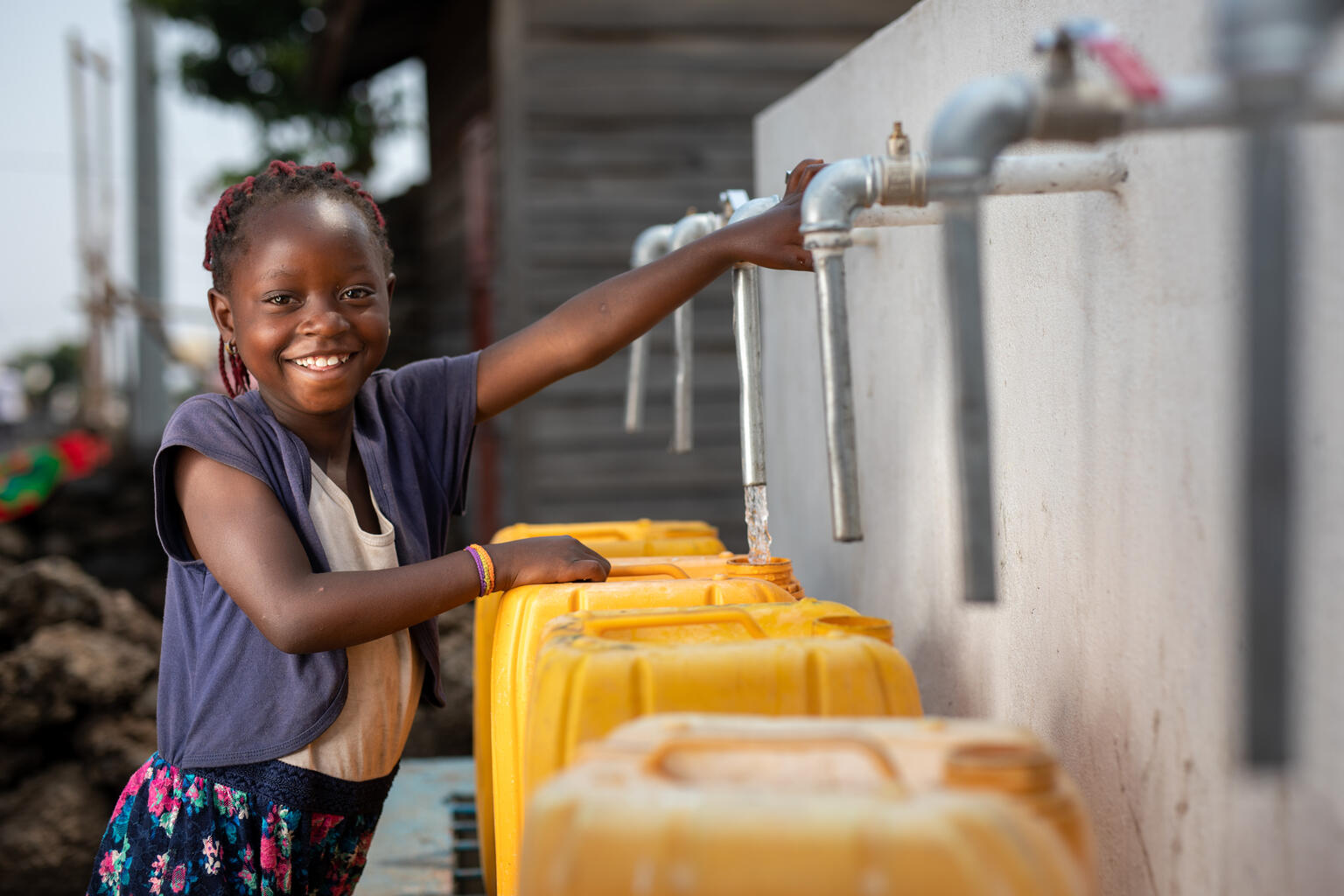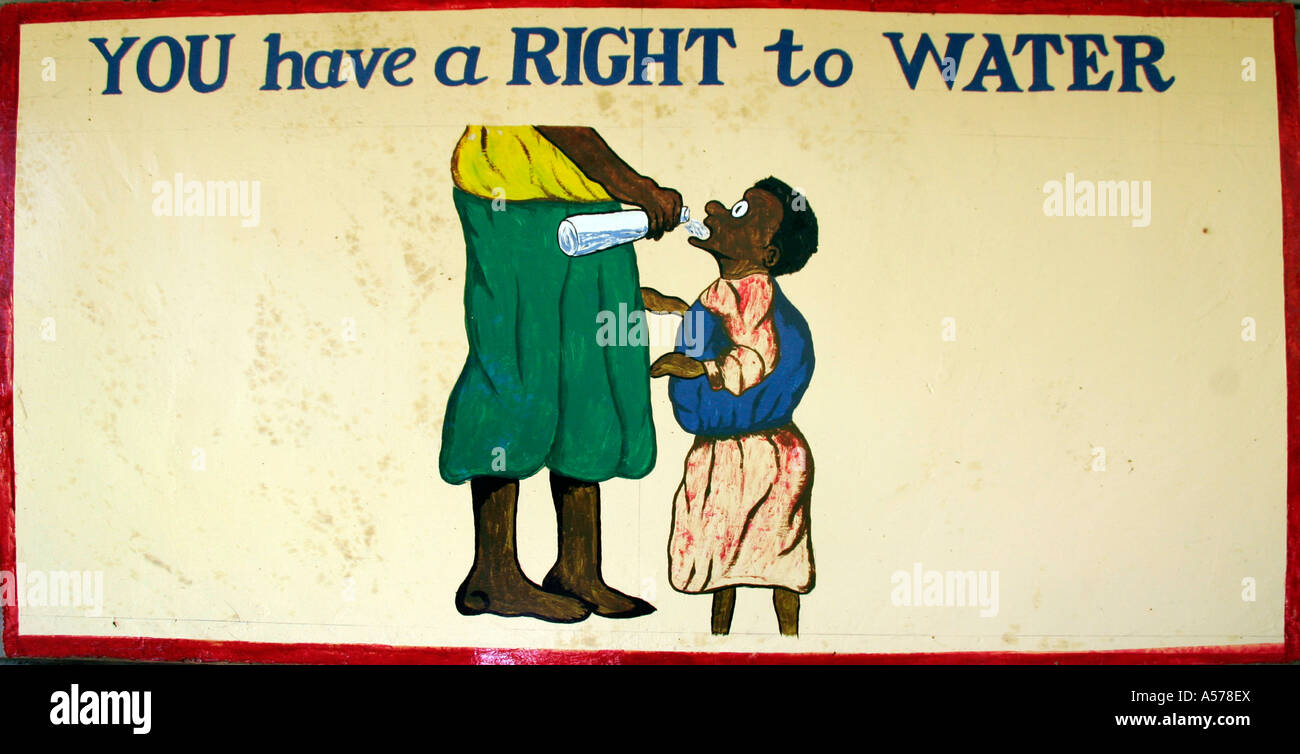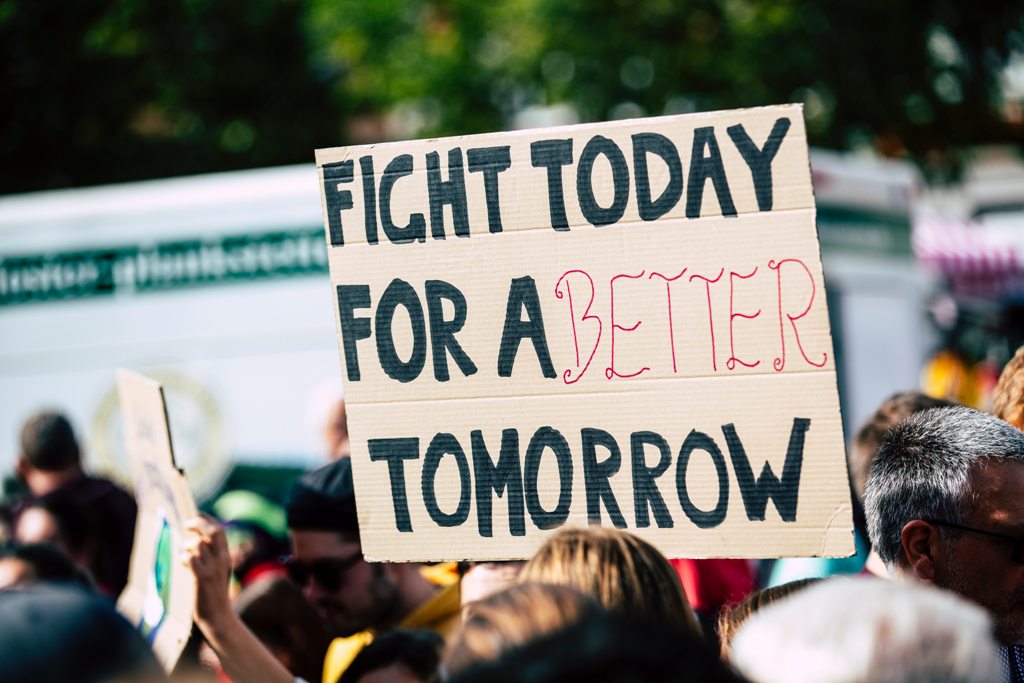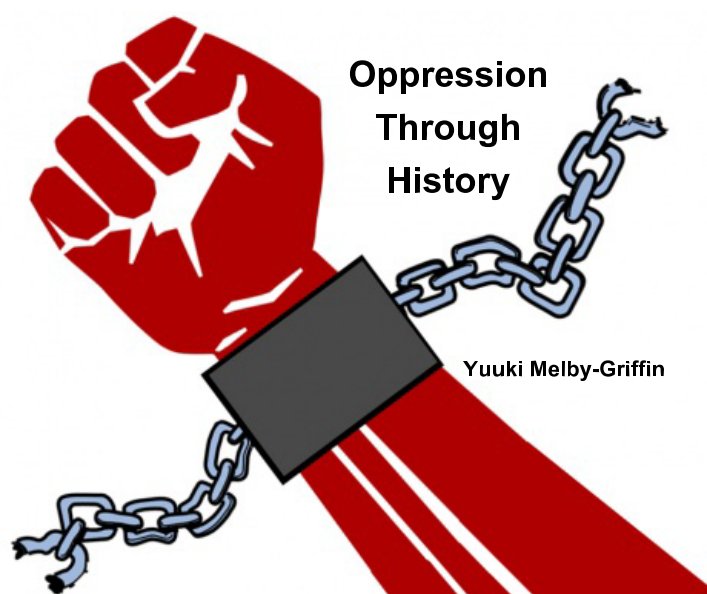
The diagram illustrates the interconnectedness of various forms of oppression, including sexism, racism, classism, and heterosexism, among others. This intersectional perspective highlights how different forms of oppression intersect and compound, leading to unique experiences of marginalization and exclusion. Ecofeminism, which emphasizes the interconnectedness of human and non-human nature, can be seen as an extension of this intersectional perspective.
As I navigate two different classes, I am struck by the eerie connections between the concepts we are exploring. In one class, we are delving into Feminist Standpoint Theory, which highlights how social locations and experiences shape our understanding of the world. We are also discussing how women from diverse backgrounds face injustice in unique ways. Meanwhile, in my eco-feminism class, we are examining the interconnectedness of various forms of oppression, including sexism, racism, and classism.
The overlap between these two classes has been enlightening, particularly concerning intersectionality. As a black woman, I have faced numerous injustices, and my experiences differ significantly from those of white women. The concept of intersectionality acknowledges that individuals possess multiple identities, which intersect to creating unique experiences of oppression. However, as we discussed in class, men’s experiences of intersectionality are often tempered by privilege, rather than oppression.
Maria Mies’ work on patriarchal capitalism and the exploitation of women’s labor has been particularly insightful for me. Her analysis of how women’s bodies are controlled and commodified resonates deeply with my own experiences as a black woman. How women’s bodies are policed, objectified, and exploited are all too familiar
The diagram we are studying in eco-feminism class illustrates the interconnectedness of various forms of oppression, including sexism, racism, classism, and heterosexism. This visual representation has helped me understand how these forms of oppression intersect and compound, leading to unique experiences of marginalization and exclusion.
Reflecting on these connections, I am struck by the irony that these two classes, which seem unrelated at first glance, are deeply intertwined. The concepts we are exploring in both classes – intersectionality, oppression, privilege – are all interconnected, and understanding these connections is crucial for creating a more just and equitable world. As illustrated by the diagram, various forms of oppression, including sexism and racism, are interconnected and compound, leading to unique experiences of marginalization and exclusion. Unfortunately, these issues are often overlooked or ignored in our society, perpetuating systemic injustices. As someone passionate about social justice, I believe it’s essential to acknowledge and address these interconnected forms of oppression. By doing so, we can work towards creating a more equitable and inclusive society for all.
The ecofeminist perspective views the natural world and human societies as interconnected and interdependent. This perspective recognizes that the domination of nature is closely tied to the domination of marginalized groups, including women, people of color, and the poor (Warren, 1997). Ecofeminists argue that the exploitation of nature and the exploitation of marginalized groups are two sides of the same coin, and that challenging one form of exploitation requires challenging the other (Mies & Shiva, 1993).
Ecofeminism and intersectionality share a common concern with understanding and challenging multiple forms of oppression. Intersectionality highlights how different forms of oppression intersect and compound, leading to unique experiences of marginalization and exclusion (Crenshaw, 1989). Ecofeminism extends this analysis to include the natural world, recognizing that the domination of nature is closely tied to the domination of marginalized groups (Warren, 1997).
For example, menstruation is something which is part of the human nature, yet some cultures forbid the mentioning of it and educating on it as well, however in reality, it is an important issue because it is closely tied to women’s health, autonomy, and social and economic empowerment. The stigma and shame surrounding menstruation can lead to a range of negative outcomes, including poor health, limited education and economic opportunities, and social isolation (Bobel, 2010). Addressing these issues requires a comprehensive approach that considers the social, economic, and environmental contexts in which women live (Thomas, 2020). The survival species necessity of our bodily nature and that of humans around us is deeply rooted in our interconnectedness with the environment and each other. According to Warren (1997), all living organisms rely on one another for survival, highlighting the importance of recognizing our place within the natural world. In terms of human nature, our survival is also linked to our relationships with others. As emphasized by Mies and Shiva (1993), we are social beings that thrive on connections and interactions with other humans.
In conclusion, the ecofeminist perspective offers a powerful framework for understanding and challenging multiple forms of oppression simultaneously. By recognizing the interconnectedness of human and non-human nature, we can work towards creating a more harmonious and sustainable coexistence that supports the survival of our species and the planet.
References
Warren, K. J. (1997). Ecofeminism: Women, culture, nature. Indiana University Press.
Mies, M., & Shiva, V. (1993). Ecofeminism. Zed Books.
Crenshaw, K. (1989). Demarginalizing the intersection of race and sex: A black feminist critique of antidiscrimination doctrine, feminist theory, and antiracist politics. University of Chicago Legal Forum, 139-167.
Bobel, C. (2010). New blood: Third-wave feminism and the politics of menstruation. Rutgers University Press.
1986). Patriarchy and accumulation on a world scale: Women in the international division of labour. Zed Books.
Crenshaw, K. (1989). Demarginalizing the intersection of race and sex: A black feminist critique of antidiscrimination doctrine, feminist theory, and antiracist politics. University of Chicago Legal Forum, 139-167.



 Reflecting on my recent experiences, I am reminded of the importance of activism in bringing about social and environmental change. According to the dictionary, activism is defined as “a policy or action of using vigorous campaigning to bring about political and social change.” In today’s world, social media has become a powerful tool for activism, allowing individuals to raise awareness and mobilize support for various causes.
Reflecting on my recent experiences, I am reminded of the importance of activism in bringing about social and environmental change. According to the dictionary, activism is defined as “a policy or action of using vigorous campaigning to bring about political and social change.” In today’s world, social media has become a powerful tool for activism, allowing individuals to raise awareness and mobilize support for various causes.
